Your graph representation is basically an adjacency list, for each vertex v= G[i][j], you have a list containing the edges the graph is connected to. In your case, the list is made by 4 boolean values - each is indicating if the (i,j) is connected to (i-1,j),(i+1,j),(i,j-1),(i,j+1), so using Floyd-Warshall algorithm with that understanding is pretty straight forward, if looking on the wikipedia pseudo code:
1 let dist be a |V| × |V| array of minimum distances initialized to ∞ (infinity)
2 for each vertex v
3 dist[v][v] ← 0
4 for each edge (u,v)
5 dist[u][v] ← w(u,v) // the weight of the edge (u,v)
6 for k from 1 to |V|
7 for i from 1 to |V|
8 for j from 1 to |V|
9 if dist[i][j] > dist[i][k] + dist[k][j]
10 dist[i][j] ← dist[i][k] + dist[k][j]
11 end if
The main difference is in lines 4-5, where:
for each edge(u,v):
is actually
for each x=0,1,...,n-1
for each y=0,1,...,m-1
for each i=0,1,2,3:
//if G[x][y][y] == 1 : it's an edge
Also note, in your graph, the maximum branch factor (number of edges connected to a node) is 4. This means, maximum number of edges in the graph is |E| <= 4|V|.
Since your graph is not directed, finding all-to-all shortest path can be done more efficiently by doing a BFS from each node, it will take O(|V|*(|E|+|V|)) time, but since |E| <= 4|V|, this is O(|V|^2) - compared to Floyd-Warshall which runs in O(|V|^3).
